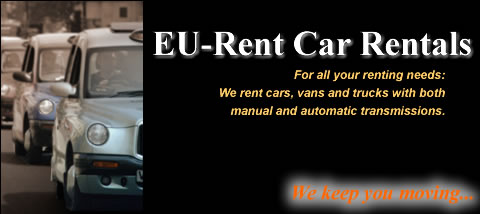

| Problems with the Current System Criteria Specification & Imposed Constraints A more Detailed Look at Proposed Alternatives |
The Problems with the Current System
Performance - Does the current mode of operation provide adequate throughput and response time? No. When customers are making reservations the customer service representatives do not have spur of the moment information on all cars available for rental. That may cause the reservations process to be unnecessarily long because they might have to make many calls to check for the specific model of vehicle that the customer wants if the specific model is not available at the branch at the time. Information – Does the current mode provide end users and managers with timely, pertinent, accurate and usefully formatted information? No. It usually takes time for customer service representatives to know when cars are returned from rental because of the fact that cars are returned to any branch. That makes it difficult to a allot cars available for rental. Economy – Does the current mode of operation provide cost-effective information services to the business? Much time is wasted getting information on cars available for rental. It is assumed that customer service representatives are paid $10.00 per hour and that can be considered a waste of money. Could there be a reduction in costs and/or an increase in benefits? Yes, cost can be reduced by an improved system that somehow makes customers service representatives aware of which cars are available instantaneously. The major benefit is a reduction in telephone calls in order to find out which cars are available. Control – Does the current mode of operation offer effective controls to protect against fraud and to guarantee accuracy and security of data and information? No. The system of collecting payment after cars are returned is a loop hole, allowing fraud to take place. The low security features of the present system allow intruders into the system making data insecure. Efficiency – Does the current mode of operation make maximum use of available resources, including people, time, and flow of forms? No. In terms of time, much time is wasted getting information on cars available for rental. Human resources are overused in a system that can easily be further computerized. Staff can be rotated to other more important duties. Services – Does the current mode of operation provide reliable service? No. The present system, cannot be relied upon since it might be impossible for a customer to obtain a certain grade of vehicle because of it’s unavailability at that branch. Is it flexible and expandable? No, because immediate demand of customers cannot always be met. Through this analysis, we are able to summarize the problems as follows: 1. Branches operate as a separate business units to each other. |